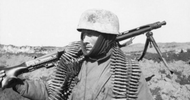The MG-42: A brief look into the German “Einheitsmaschinengewehr”
Aug 14th 2024
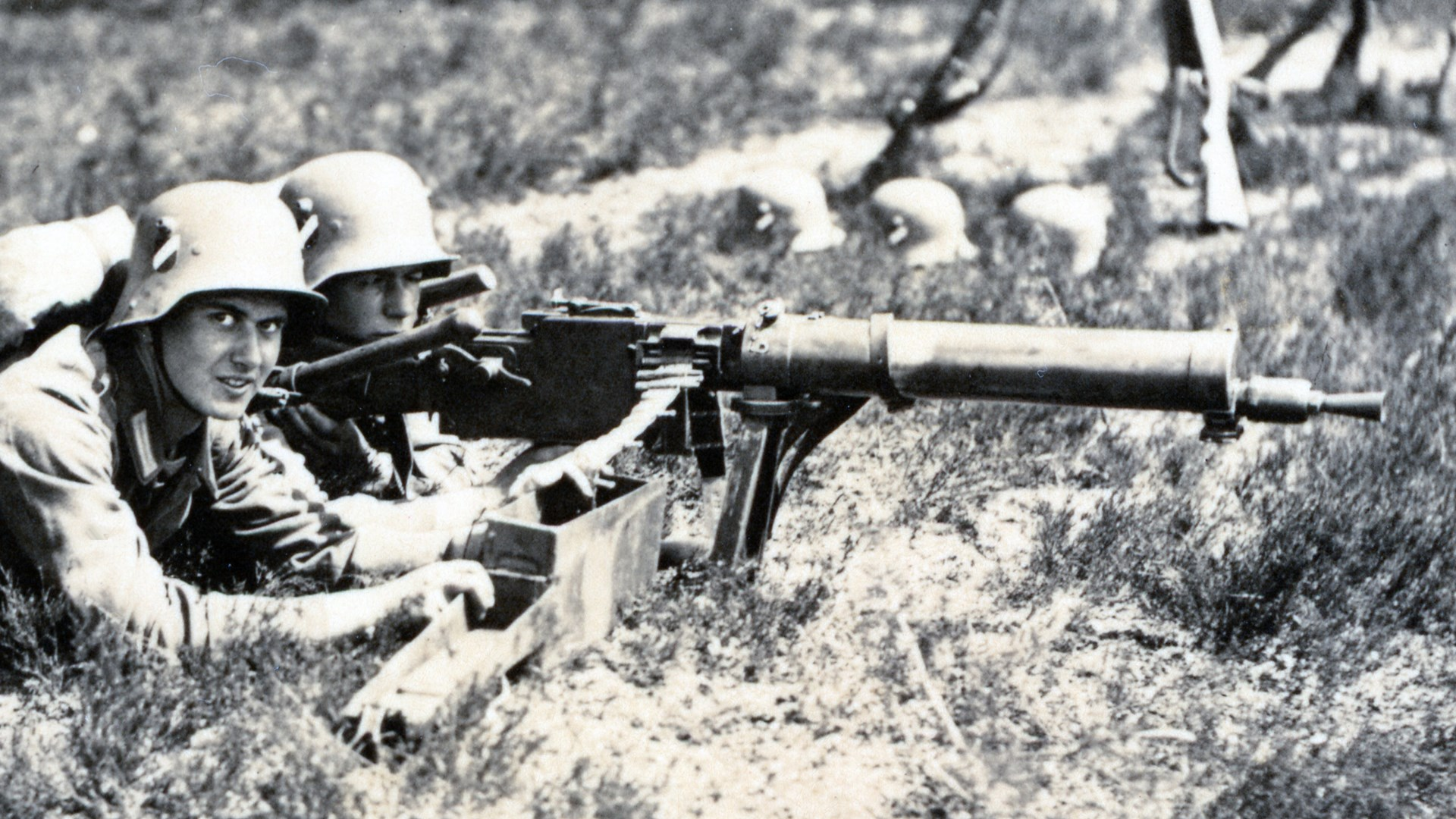
Few images evoke as powerful an image of the carnage and bloodshed of the Second World War as that of the MG-42. From the beaches of Normandy to the baking sands of North Africa, the MG-42 was ubiquitous from 1942 to the end of the Second World War. Its reputation was well earned, lauded by its many Axis users, Allied forces, and partisans who trialed it for their uses.
To fully appreciate the reputation and effect of this system, one must have some context as to what brought about its development in the preceding decades. With this vital context, one may dive into the tactics and methods that made the MG-42 so famous during the war and for decades after. This article also covers the post-war use of the MG-42 and its receiving countries.
German machine guns in the Great War
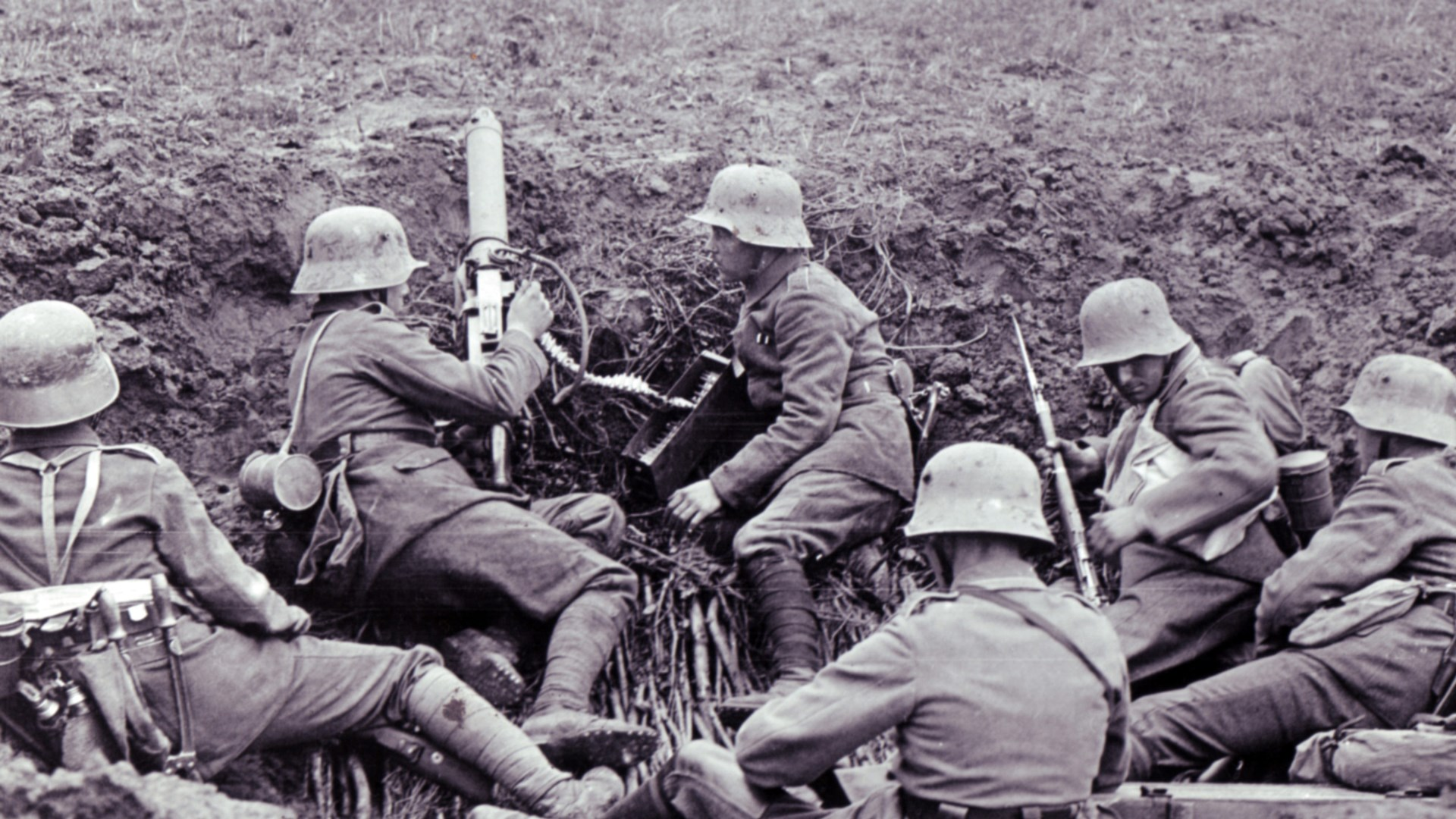
Mere decades before the creation of the MG-42, the German military did not focus on the machine gun as a vital tactical implement. There had been some development of the relatively heavy MG-08, which was to be the mainstay of the German machine gun section throughout the war.
Despite its weight and lackluster fire rate compared to its allied counterparts, the German military quickly acknowledged its shocking effectiveness in defensive actions.
The MG-08 could fire for long periods due to its water-cooled jacket, making it ideal for breaking up large infantry assaults that came to mark the Western Front of World War One. Wilhelm Balck, a division commander during the First World War, put this effect most succinctly when he stated that
"The unexpected opening of fire of a single machine gun under the efficient leadership, even if served by only a few cool men, has several times been the decisive factor in victory and defeat."The evolution of machine gun development and tactics used were vital to laying the founding blocks for the eventual development and fielding of the MG-42.
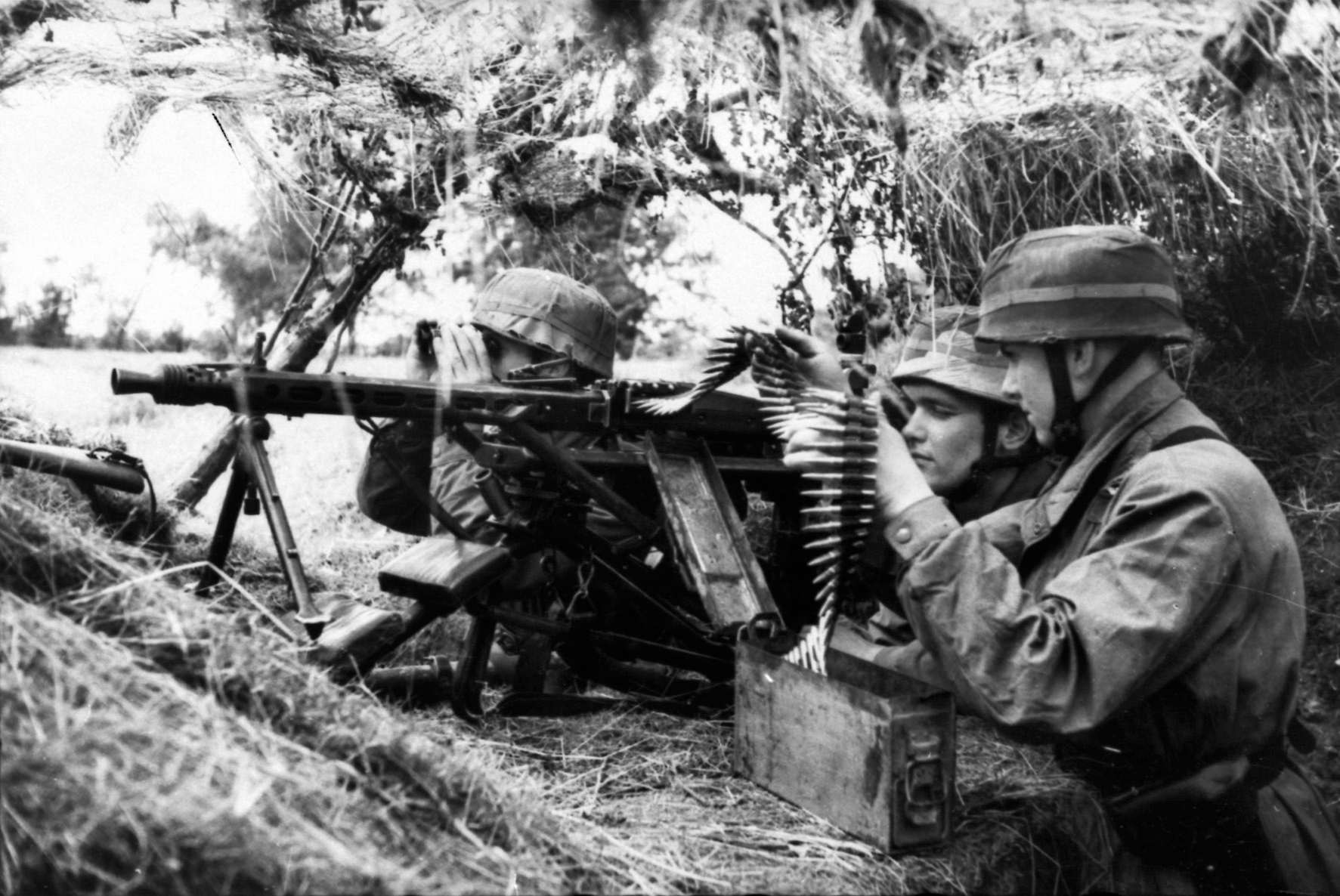
The Creation of the "Universal Machine-gun"
By 1918, the guns went silent on the eleventh day of the eleventh hour, but their development pressed on unabated. The Treaty of Versailles severely limited the German army to the small "Reichswehr" and was banned from further machine gun development.
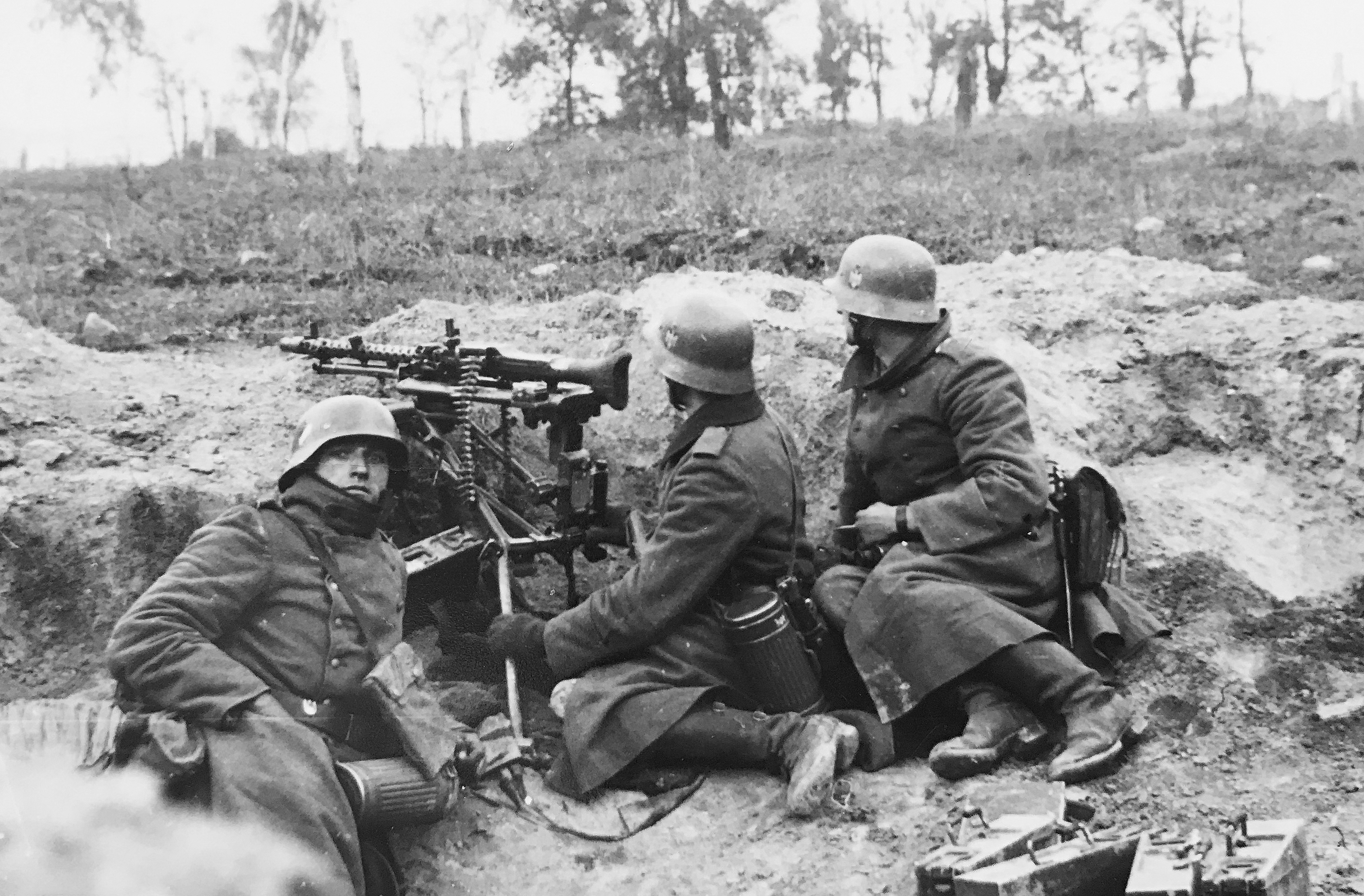
These restrictions were circumvented largely by companies designing and manufacturing parts and prototypes in neighboring countries such as Switzerland and Austria. This development leads us to the MG-34, the MG-42's slower firing, and more complex predecessor.
The MG-34 was a product of the German military's desire for an "Einheitsmaschinengewehr," a universal machine gun used in various roles. The idea was to have one system that could be adapted to different mounts and conditions, thereby streamlining production and training while also replacing the many aging MG-08s and prototypes from decades past that are still in service. Chambered in 7.92x57mm, the MG34 could fire up to 900 RPM in semi-auto or full auto by positioning the finger on the upper area of the trigger for single shots and the lower section for fully automatic fire. The MG-34 proved itself well with combat troops, especially enjoying the quick barrel change feature, allowing soldiers to keep up the sustained fire.
By 1941, German military forces were completely armed with MG-34 machine guns. However, there were growing calls for certain aspects to be changed or updated, which led to the penultimate machine gun, the MG-42.
The MG-42 emerges onto the battlefield

The MG-42 emerged as a solution to growing problems with the MG-34, primarily its complexity and unreliability in dirty environments. With the Wehrmacht and Waffen-SS fighting men finding themselves in extreme environments from the deserts of North Africa to the frozen steppe of Russia, they needed machine gun systems they could rely on. The MG-34 took on lesser roles in fortress and vehicle mounts and was dwarfed by the 42. The MG-42 not only solved the reliability issues of the MG-34, butit lessened manufacturing hours from 150 to 75 while simultaneously making the firearms cheaper to manufacture using stamped sheet metal parts.
The new MG-42 model was an instant hit with combat troops, reflected in the tactical layout of a typical German infantry squad. The machine gun was the heart of the infantry squad, and everyone, to a degree, was involved in supporting its function and deployment. Between the six men in a typical machine gun section, they would typically carry 1,800 rounds of ammunition along with spare barrels.3 The high RPM of the MG-42 helped the German infantry to achieve what is known as "fire superiority." This idea was to have a higher volume of fire than the enemy to help suppress them and hinder their ability to counter your units' operations effectively.
Upon advancing to enemy contact, the machine gun section would deploy, firing short bursts as the rest of the squad would fan out at intervals to flank the enemy. By moving often and delivering bursts of concerted fire, the machine gun made up the bulk of the infantry squads' firepower, with one MG-42 accounting for the equivalent of twenty riflemen in expended bullets. It was doubly important as the war continued, and the Germans increasingly found themselves on the defensive on their various fronts. An excellent example of this tactical layout is evident in an American intelligence bulletin showing the layout of a German machine gun position on the Italian front in World War Two.The following section is from a write-up according to a Canadian officer who took part in the attack on the town of Ortona.
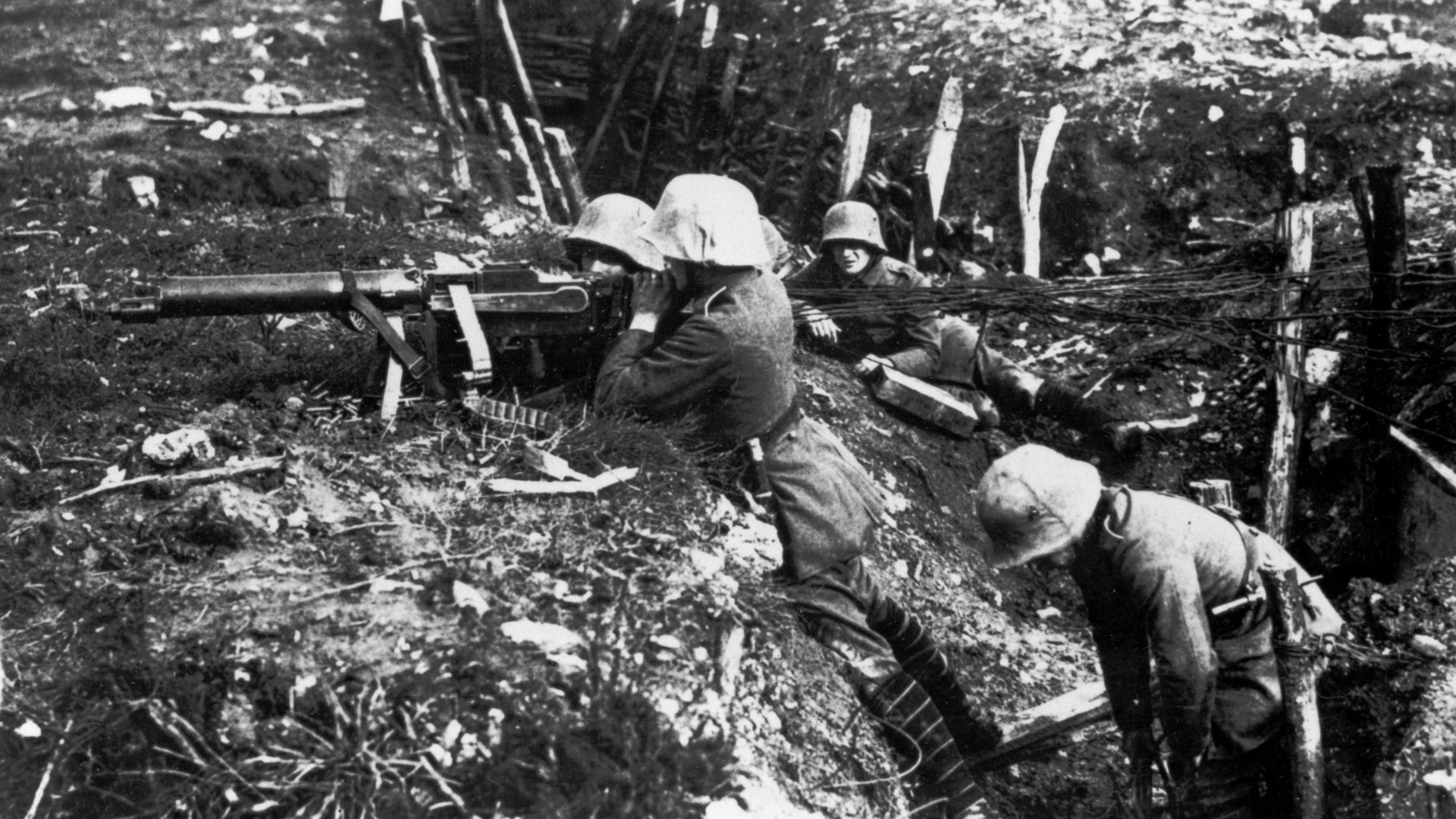
"Machine gun No. 1 was fired from a table in the ruins of what had been a room; the gun's direction of fire was through a hole in the main wall and then through the archway of a cowshed. By emplacing the machine gun in this manner, the Germans concealed its muzzle flash from all directions except to the front. Machine gun No. 2 was in position inside the same room and was sited so that it could be fired through a window facing the stream.Machine gun No. 3 was sitedin a corner of an adjoining room, sited so that its plane of fire was close to the ground; during the course of the action, the gun delivered continuous fire, ankle high. machine gun No. 4 sited his weapon in the part of the oven normally used for storing wood, the gunner protects himself against small-arms fire from the flanks and rear, and enjoys a certain amount of overhead protection against artillery fire. During the action, the No. 4 gun delivered grazing fire ankle high."
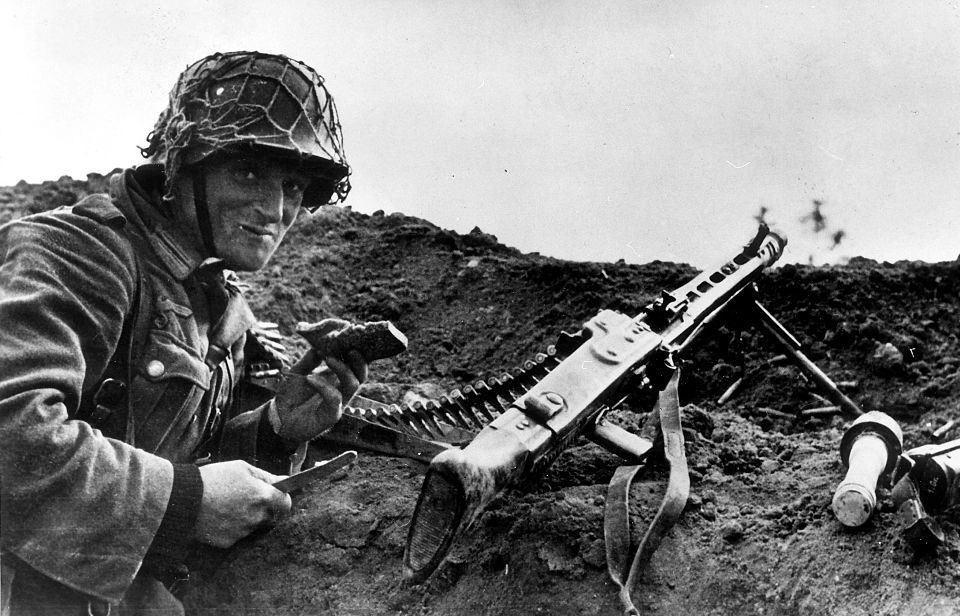
This account serves as a glimpse into the tactical layout of a German position in the defensive years of the latter half of the war. Not to say the MG-42 did not have any drawbacks, interestingly put by an American intelligence report which stated, "The disadvantages, as well as the advantages of the gun can be attributed to the single characteristic of the 25 rounds per second fire rate."
Many soldiers found that while the MGs could sufficiently keep up high amounts of fire, they frequently required the barrels to be changed. This slight pause was when American GIs learned to rush the guns, in concert with the fact that prolonged fire led to a tendency to "throw off" the gun from its target.
The evolution of tactics throughout the war is incredibly fascinating, seeing how combat experience forced the soldiers of both sides to adapt to the versatility of the MG-42, each attempting to outfox the other in a deadly game of cat and mouse.
The MG-42 and its variants post-1945
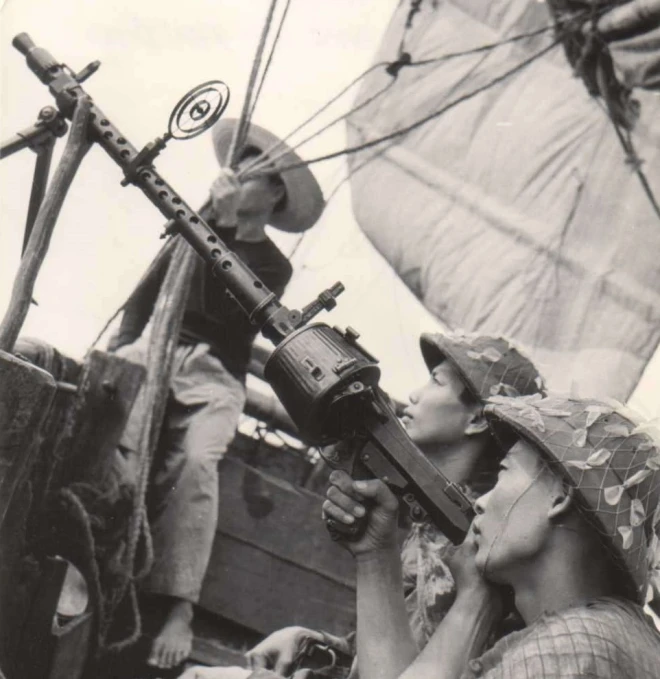 1945 marked the end of the Second World War; however, much like 1918, this did not mark the end of the use of the German MG's, nor of their continued development. With the Cold War entering its first stages, the Western NATO forces saw the tactical significance of a re-armed buffer between East Germany and the other NATO members, which prompted the creation of a West German military force in 1956 designated the "Bundeswehr." The new West German forces needed an LMG / HMG system, so re-chambering the unit into 7.62x51 NATO led to the new production of MG42s and the re-chambering of older war models.
1945 marked the end of the Second World War; however, much like 1918, this did not mark the end of the use of the German MG's, nor of their continued development. With the Cold War entering its first stages, the Western NATO forces saw the tactical significance of a re-armed buffer between East Germany and the other NATO members, which prompted the creation of a West German military force in 1956 designated the "Bundeswehr." The new West German forces needed an LMG / HMG system, so re-chambering the unit into 7.62x51 NATO led to the new production of MG42s and the re-chambering of older war models.
It is interesting to note that in many of these war models, they would have a mix of Nazi administration markings, as well as more modern Bundeswehr proof marks. These updated MG-42s would serve the West Germans until the advent of the MG-3 gradually took over.
However, the MG-34s and MG-42s were found far and wide for the ensuing decades. Many MG-34s found their way to Israel, marking an ironic twist of fate as the same weapons they used to genocide their people would ultimately be used in their defense by the same individuals initially used against them.
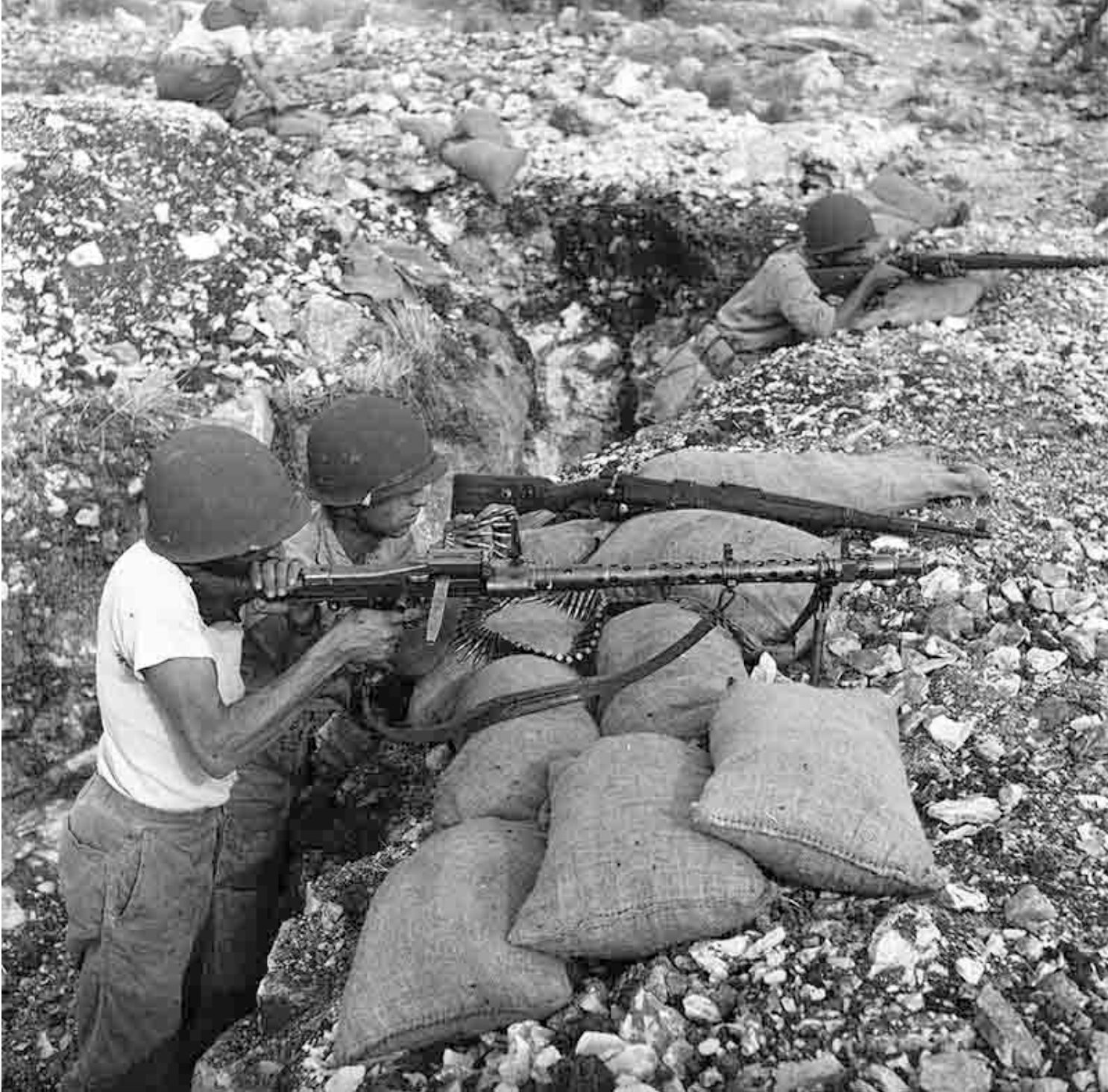
Many other MG-34s were found in ensuing colonial wars, such as Algiers, with the Front de Liberation Nationale (FLN) using them to fight the French colonial administration. Smaller numbers of guns were found throughout southeast Asia, with the Viet Minh using them against the French and the Viet Cong, then using them against American forces. It's intriguing that few of these MGs were sent by the Soviets (like in Algiers) but captured by French forces who, after World War Two, were extremely reliant on requisitioned German small arms to equip their forces.
The MG42, while retaining an excellent design, was often updated, and this modernized design is what was exported, as opposed to the 34 wartime models sent abroad. The basic form of the MG42, once developed into the MG3, was used by many different countries and armed groups, giving the MG life another 70 years of use and, interestingly, seen as late as German forces in Afghanistan patrolling with MG-3s and having them mounted on their Humvees!
Conclusion
In closing, the MG-42 was a much-needed step forward in German machine gun development that, once created, would find itself pivotal in armed conflicts for decades after its initial creation.The tactics utilized by the Wehrmacht during the war, along with the counter-tactics used by allied forces to attempt to deal with this new machine gun, shaped our understanding of how machine guns are tactically and strategically. If the previous pages are any indication, the reputation of the MG machine gun is notoriously well-earned after nearly a century of use among its variants.
Buy Original MG-42 Parts Kits Here
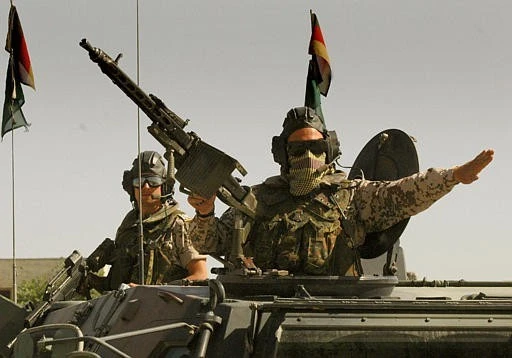
Sources Cited
Guillou, Luc, and Erik Dupont. The German MG34 & MG42 Machine Guns in World War Two. Atglen, PA: Schiffer Publishing, 2020.
Intelligence bulletin. Vol. 2 of 11. Washington, DC: Military Intelligence Service, 1944.
Intelligence bulletin. Vol. 9 of 11. Washington, DC: Military Intelligence Service, 1944.
Lupfer, Timothy. Leavenworth papers. Fort Leavenworth, KS: Combat Studies Institute, U.S. Army Command and General Staff College, 1979.
McNab, Chris. MG 34 and MG 42 machine guns. Oxford, UK: Osprey Pub, 2012.

